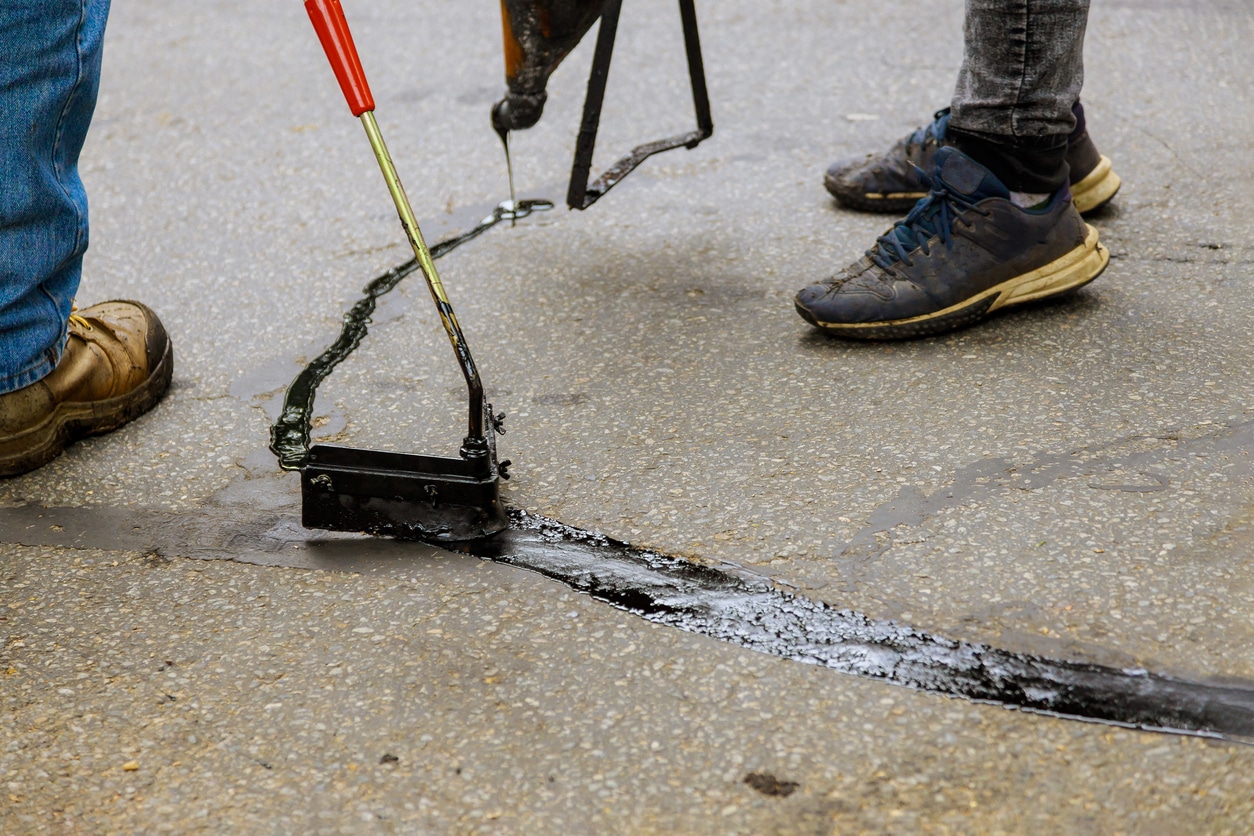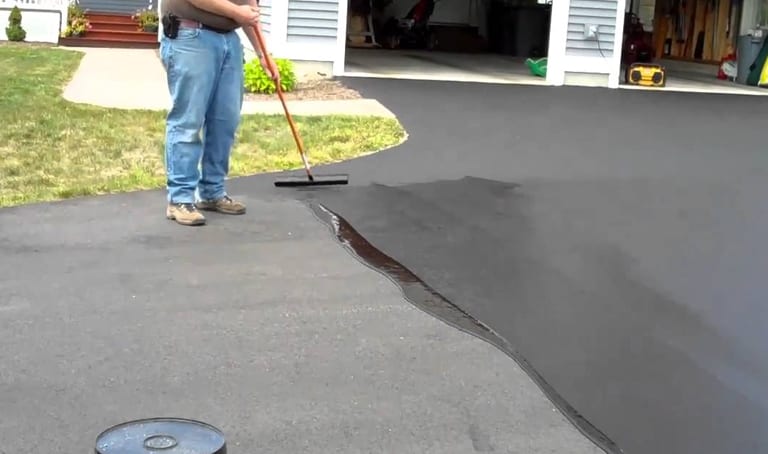Cold Mix Asphalt Vs. Hot Mix Asphalt: Which Is Right for You?

Structure Distinctions
Cold mix and hot mix asphalts vary dramatically in their structure, with unique qualities that influence their efficiency and applications. Cold mix asphalt is created by emulsifying the asphalt binder with water and an emulsifying representative prior to mixing it with aggregate. This method permits for the asphalt to be practical at reduced temperature levels, making it excellent for momentary repair services and for usage in colder weather condition problems. Hot mix asphalt, on the other hand, is produced at high temperature levels, typically between 300-350 ° F, which assists to attain far better compaction and a more sturdy final item. The hot mix asphalt manufacturing process involves warming the accumulation and asphalt binder separately before integrating them at the asphalt plant.
Additionally, cold mix asphalt tends to be much less thick and more versatile than warm mix asphalt. This adaptability makes it far better fit for locations with higher degrees of activity, such as driveways or roadways with heavy web traffic. On the other hand, warm mix asphalt is understood for its high durability and resistance to rutting and cracking, making it a preferred choice for highways and high-traffic roadways where durability is vital.
Installation Refine Variations
The process of installing cold mix and warm mix asphalt shows notable differences in their demands and procedures. Cold mix asphalt, being an extra versatile material, can be applied directly from the bag or container onto the pothole or harmed area. It calls for marginal preparation work, such as cleaning up the location and condensing the chilly blend with hand tools. This makes it a practical alternative for temporary and quick fixes. In comparison, warm mix asphalt necessitates an extra elaborate setup procedure. It includes warming the mixture to heats prior to laying it down on an appropriately prepared base. The prep work consists of compacting the base, using a tack coat, and making use of heavy equipment like pavers and compactors for a resilient and smooth finish. Due to the heating demands, warm mix asphalt installments are typically accomplished by specialists with specific equipment, making sure a more structurally audio and long-term result.
Longevity and Long Life Aspects
When taking into consideration asphalt options, durability and longevity are critical variables to examine for lasting sidewalk efficiency. Hot mix asphalt (HMA) is recognized for its remarkable resilience and longevity.
In terms of longevity, HMA generally surpasses CMA because of its superior toughness and resistance homes. HMA sidewalks have a longer life span, needing much less regular fixings and upkeep, which can equate to set you back financial savings in the future. In addition, HMA sidewalks are a lot more easily customizable to satisfy specific task needs, even more boosting their toughness.
Cost Factors To Consider
Thinking about the financial ramifications is an important element when evaluating the choice between warm mix asphalt (HMA) and cold mix asphalt (CMA) for pavement projects. While the initial price of hot mix asphalt is generally higher than that of chilly mix asphalt, HMA often provides a more cost-efficient service in the lengthy run due to its superior resilience and long life.
In enhancement to product expenses, it's necessary to think about the expenses associated with setup and maintenance when comparing HMA and CMA. HMA usually calls for specific tools and skilled additional resources labor for correct installment, which can influence overall job costs. On the other hand, CMA is much easier to deal with and can commonly be used using simpler techniques, possibly decreasing installment costs. Eventually, the decision between HMA and CMA ought to take into consideration not just the initial expense yet likewise the lasting monetary implications to determine one of the most cost-effective alternative for the details sidewalk task.
Environmental Influence Contrast
Contrast of the environmental effects in between warm mix asphalt (HMA) and cold mix asphalt (CMA) exposes distinctive differences in sustainability practices. HMA production needs heats, resulting in boosted power intake and this article greenhouse gas discharges. The procedure additionally launches volatile natural compounds (VOCs) and harmful air toxins (HAPs) right into the ambience. In comparison, CMA is generated and used at reduced temperature levels, decreasing power usage and emissions substantially. The reduced manufacturing temperatures of CMA cause lowered gas intake and reduced degrees of carbon dioxide discharges, making it an extra eco friendly choice.
Additionally, the use of CMA typically includes reusing existing asphalt sidewalk, advertising resource conservation and decreasing the amount of waste sent to land fills. This recycling element better boosts the sustainability of CMA contrasted to HMA. On the whole, when taking into consideration the environmental effect, CMA becomes a more eco lasting selection as a result of its reduced energy requirements, lowered discharges, and the capacity for recycling existing products. By going with CMA over HMA, road construction tasks can add positively to ecological conservation initiatives.
Verdict
Finally, the selection between chilly mix asphalt (CMA) and warm mix asphalt (HMA) depends on numerous elements such as structure, installment process, sturdiness, longevity, expense, and environmental effect. asphalt patch repair. While CMA supplies a fast and cost-effective option for small repair work, HMA makes sure superior durability and long life for rush hour areas. Think about these variables carefully to identify which kind of asphalt is the appropriate choice for your paving needs

Thinking about the monetary effects is a vital aspect when reviewing the option in between hot mix asphalt (HMA) and chilly mix asphalt (CMA) for sidewalk tasks. While the initial expense of warm mix asphalt is generally greater than that of cool mix asphalt, HMA usually gives a more affordable option in the lengthy run due to its exceptional durability and durability. asphalt repair.Contrast of the environmental effects between hot mix more tips here asphalt (HMA) and chilly mix asphalt (CMA) discloses distinctive differences in sustainability techniques.In conclusion, the selection between cool mix asphalt (CMA) and warm mix asphalt (HMA) depends on various variables such as structure, setup procedure, resilience, durability, expense, and environmental effect